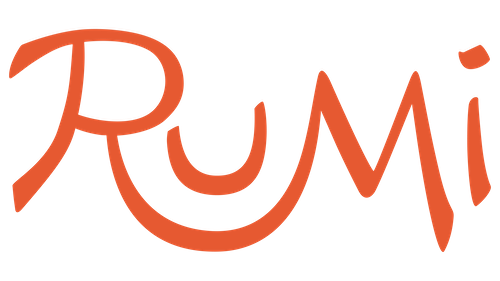Kabul, Afghanistan
We arrived at daybreak, the plane breaking the clouds just as the sun was rising over the Hindu Kush mountains. Seeing the sprawling city unfurl between the mountains is as exhilarating now as our first trips with the military. Only this time rather than traveling in armored vehicles we drive away from the civilian side of the airport in a local taxi. This is an ideal way to travel in this city that is still the target of violent extremist seeking to destabilize the country. We're not a target.
Kabul's streets are packed as rush hour nears. Horse drawn rickshaws filled with fruit mix with taxis, trucks, pedestrians, and street vendors. The city looks just as we remember, save for the absence of large US military convoys that normally would clog the streets and disrupt traffic. The only security present are Afghan local police and Afghan National Army. If you look closely you can see the signs of development, solar powered lights, 3G cell phone transmitters and new sidewalks. Even the blast walls that protect key buildings are painted. The one nearby reads, "I am the future of my Afghanistan"
We meet with friends that night and prepare for tomorrow's meetings. Kabul is a way point to our final destination, Herat, where we will meet our farmers and partners.
We find our way around the city easily the next day. Kabul, like our home Chicago, is a city of neighborhoods. Yet there are no visible house numbers, only numbered streets and landmarks. We meet with the Danish Committee for Aid to Afghanistan Refugees (DACAAR) to discuss technical assistance for future saffron projects. DACAAR is one of the first agencies to encourage saffron cultivation in the early 2000s, as Afghan refugees who fled during Taliban times returned from Iran to Herat.
Later that evening, we meet friends and colleagues and dine at their beautiful compound. This group of young Afghans have been educated outside of the country and have returned to help their country develop. The group from the neighborhood of "khair khana", which they affectionately refer to as the "silicon valley" of Afghanistan, have started marketing agencies, finance companies, technology companies and food businesses. We discuss US and Afghan politics, food, poetry and the concept of "waseta", the relationship capital upon which business in Afghanistan, and arguably the US, depends. The cold Kabul night is warmed by a fire as we eat beautifully prepared Afghan food on plates of Istalif, a turquoise color produced only in Kabul. Tomorrow we arrive in Herat.
Four years ago, farmers processed saffron in their individual homes. As the flowers were harvested they were brought inside and the women in the family plucked stigmas from individual flowers and laid them on a carpet or the ground to dry. After drying they were collected and brought to the local market for sale. At that time farmers could produce no more saffron than they could process in their household, and this saffron received a low price in the market.
We are thrilled to see where we are now. Hundreds of women are employed in our central processing facility. Female managers manage the workforce, log saffron lots and oversee production. Quality control managers ensure hands are washed, clean clothes are worn, and protocol is followed. We are early in the harvest season and although we are not operating at full capacity nearly 100 women are working. Through the hard work of our partners implementing good manufacturing practices we've changed the dynamic of the industry. Shakoor explains the processes and we talk to our young quality control managers, graduates from Herat University whom we last saw in India. They get it ... and they are proud to be an important part of a burgeoning industry. This is what the world's best saffron looks like.
At daybreak we travel to one of our saffron farms. One of our farmers, Abdul-Hafez, and his family travel with us. Clouds of dust surround us as we take a turn off the newly paved road and swerve through single lane roads lined with mud bricked homes.
The fields from a distance look like nothing more than rocky barren earth separated by small mounds. Before you can see the crocus flowers you can smell them, a sweet floral aroma of the world's best saffron with a vibrancy that likely caught the attention of Alexander the Great millennia ago. Small dots of purple flowers become visible as we walk closer, as if someone took a violet brush to a canvas of dry soil.
These flowers are emblematic of our hope for the future of Afghanistan. From the hard dry earth spring these precious flowers that employ hundreds, provide economic empowerment to Afghan women, and are used by the finest restaurants and by enlightened foodies in the US. This is what cultivating peace means.
To follow us and receive updates, special discounts, and Rumi news please sign up below.

